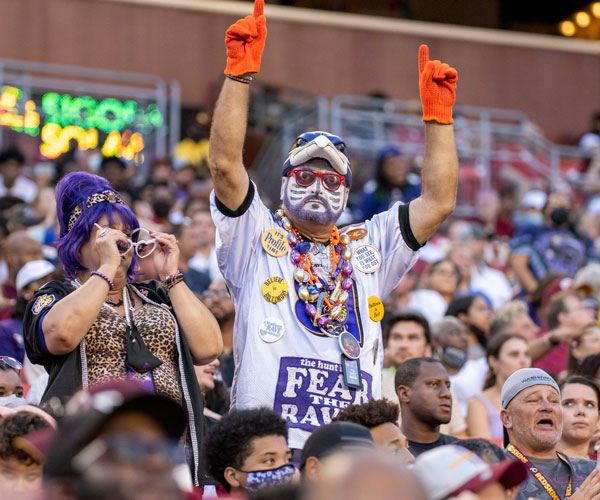Mike Shea celebrated the milestone with a blowout night at the Hollywood House of Blues. A raft of bands that had done time on the pages of Alternative Press packed the place, as did an assortment of celebrities ("Lord of the Rings" head hobbit Elijah Wood was billed as a guest DJ on the party invites). Alternative Press' West Coast anniversary party was a very un-Cleveland affair for Shea, whose national music magazine is still based on Cleveland's near West Side. As AP marked its 20th birthday, we talked to Shea about how his low-budget punk rock fanzine became a slice of American pop culture.
— Jim Vickers
What inspired you to start Alternative Press?
A friend introduced me to Cleveland's underground punk community. And, as I became more embedded, I heard a lot of complaining. Nobody knew what was going on. Since Cleveland was dominated by Michael Stanley and Kid Leo and the old version of Scene magazine, you couldn't find out about any music outside the mainstream. • So, I started a fanzine with my friends. We handed out 1,000 copies in 1985 at some punk show and got rid of them in one night. It all built up from there.
How did AP evolve into a glossy magazine?
We started getting into some of the premier record stores in the country and, before you knew it, we figured out we couldn't do this huge newspaper format. So, we went into a tabloid format — the Rolling Stone format — in 1989. It was easier to distribute and a lot more advertisers were taking us seriously. We went glossy about three issues later.
You had Radiohead and Nirvana on your cover before they achieved mainstream success. How did AP change as the mainstream recognized these bands?
In the mid-90s, when "alternative" music started becoming really big and the nu-metal phase started kicking in, Rolling Stone and AP and Spin were all reduced to fighting over a dozen and a half bands that we felt fit within our genre and could sell copies. • The punk rock stuff at the time, we couldn't do. It wasn't going to keep us in the stores we needed to be in to keep our distribution up. This little magazine in Cleveland was fighting with Rolling Stone and Spin over No Doubt, Rage Against the Machine, Beck, Bush, Marilyn Manson, Nine Inch Nails and Korn. ... We kind of lost our soul in that and the company's morale went down the toilet.
What changed?
In 2002, I was thinking about shutting it down. I thought, If we're going out, let's go out with a bang. We put two punk rock bands on the cover that have these stellar fan bases behind them. I said, "Let's do it our way and support the bands just like we did it back in the day." We did it and the issues went through the roof.
What's kept the magazine in Cleveland?
It's cheap. We pay someone here for an editorial position what we'd have to pay a secretary in New York. If we had moved, we'd probably be out of business. ... Also, being in Cleveland allows us to be a lot more clear and objective.
Have a favorite surreal moment from the past 20 years?
We just had it yesterday. There's this show on television called "One Tree Hill." We had heard over the weekend [the magazine] had been mentioned on the show. • Turns out the plot revolved around this woman who is one of the main characters' long-lost mothers. She needed a cover to try to find a way to introduce herself to her daughter, who works in this rock club. So she dresses a little hip and goes there and says she writes for Alternative Press — not Rolling Stone, not Spin. Then, the daughter calls Alternative Press and finds out this woman doesn't work there. ... We were part of the entire plot. I didn't know if I should feel flattered or if some kid out there is going to say, "My god, they're sellouts."



